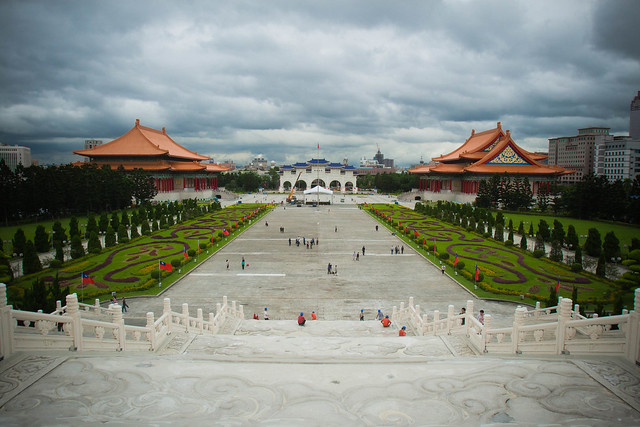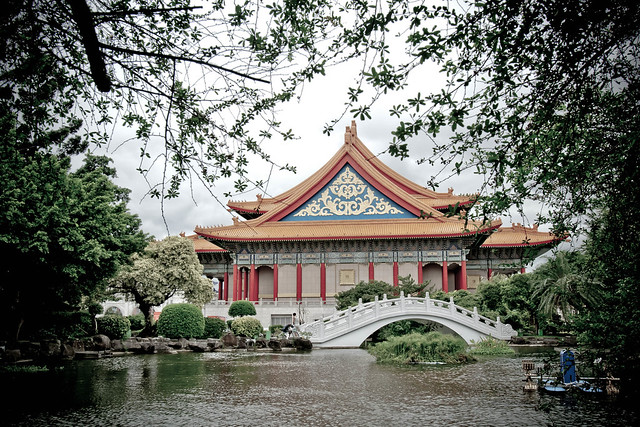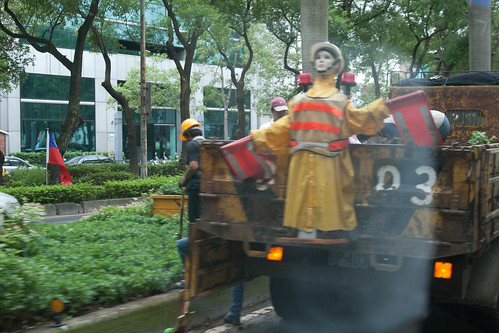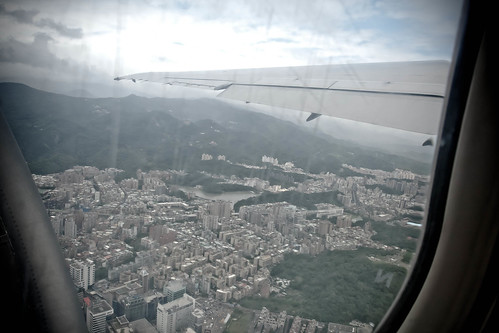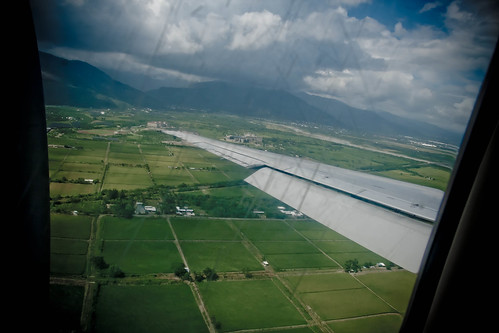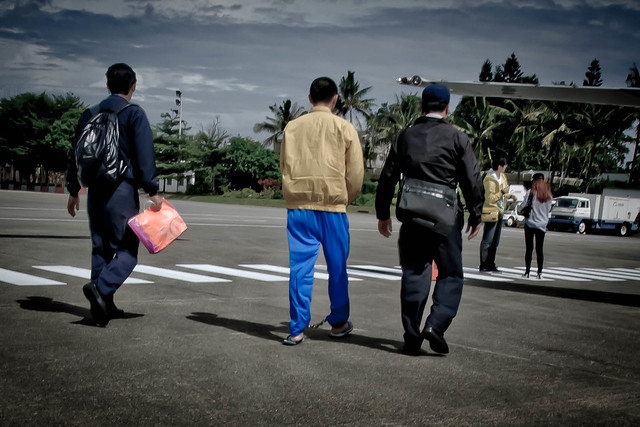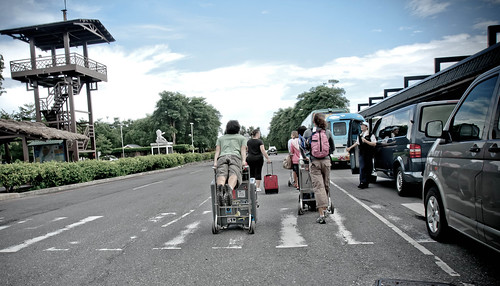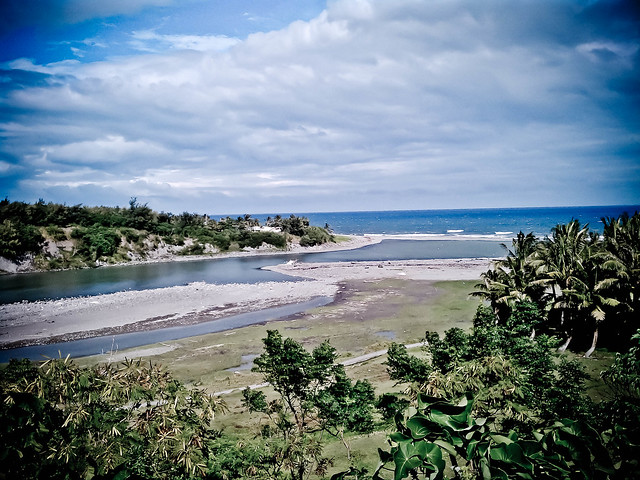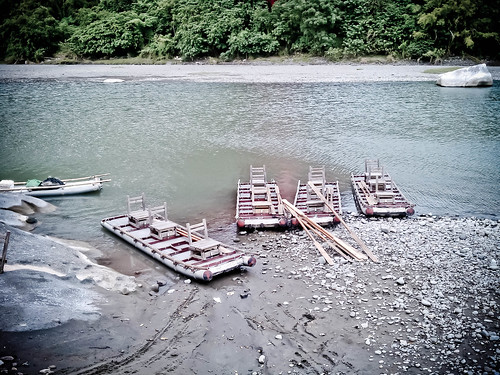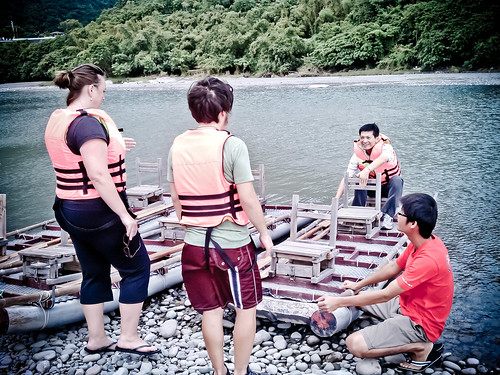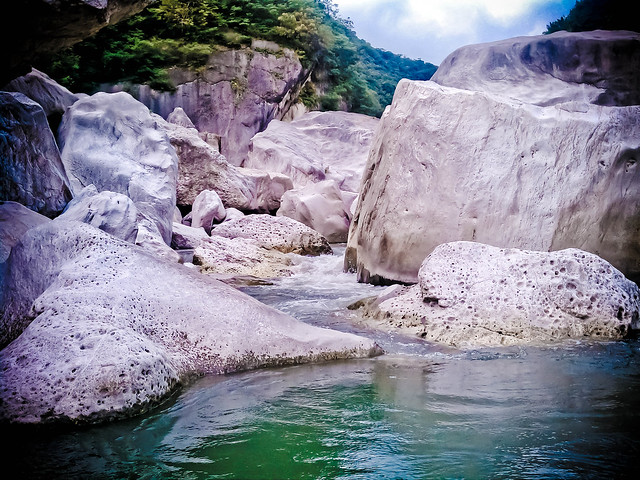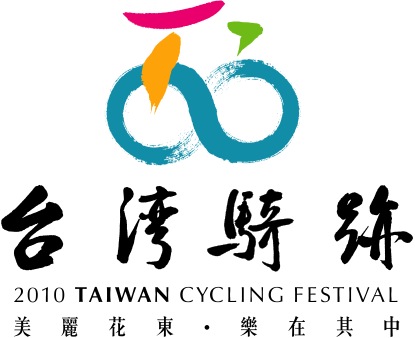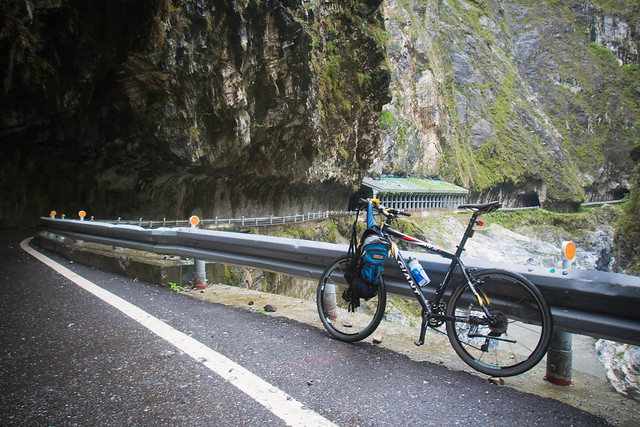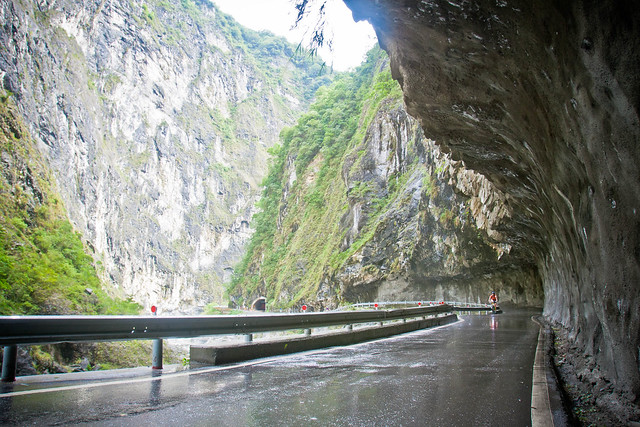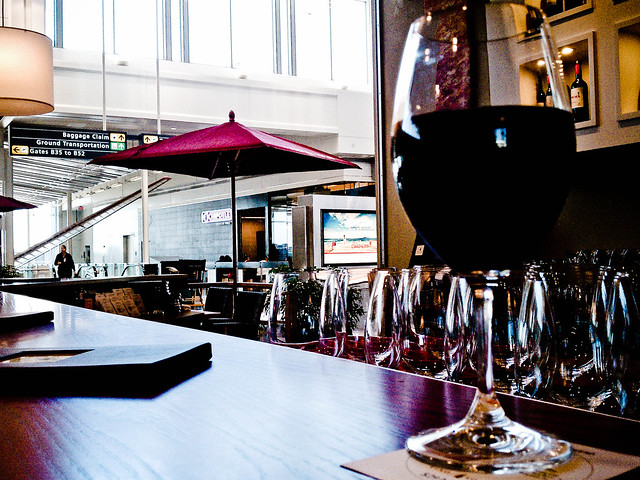Having managed our way from Taipei to Taitung, finishing the day in Chihpen’s hot springs, we’re ready for the opening event – the kickoff to the 2010 Taiwan Cycling Festival. Â We started off with an energetic aboriginal Taiwanese drumline:

Opening Ceremony Marking Ongoing Efforts
The 2010 Taiwan Cycling Festival is is what we’ve come for, and the opening ceremony marks the culmination of years of efforts in support of cycling by many.  As I’ve learned in my own cycling advocacy efforts, nothing happens without the long-term cooperation and dedication of many people, so crediting some individuals with the success of a project almost always excludes others.  However, there are those who play key roles, and here we have those responsible, in large part, for making Taiwan a more cyclist-friendly destination (L-R): Director General of the Taiwan Tourism Bureau- Janice Lai (è³´ç‘Ÿç), Giant Bicycles founder & cycling advocate – King Liu (劉金標), Magistrate of Taitung – Justin Huang (黃å¥åº), and Minister of Transportation and Communications – Dr. Chi-kuo Mao (毛治國):

Dedicated to Cycling
The hope of the organizers of the Taiwan Cycling Festival is that many of us will discover what they already know:  Taiwan – and especially eastern Taiwan – is an incredible place for cycling.  Not only does it offer many natural attractions, such as the Taroko Gorge and spectacular coastal routes, there are also many significant infrastructure features aimed specifically at attracting cyclists.  While Taiwan has a history of developing and improving facilities for recreational cyclists –  scenic bike paths, for example – the past two years have seen a substantial uptick in these efforts. While many cycling promotion efforts amount to little more than marketing campaigns, Taiwan has committed substantial resources to actual road and facility improvements.  Among other things, Taiwan’s Ministry of Transportation and Communications, in partnership with the regional governments of Taitung and Hualien, have:
- widened and improved the shoulders of many roads, including the primary north-south routes along the coast, Highways 9 and 11.
- initiated a retrofitting of railcars to provide roll-on/off transportation for cyclists’ bikes
- provided cycling service stations during peak cycling activity periods (like the Taiwan Cycling Festival)
- creation of a central information hub at http://motcbike.iot.gov.tw/ (to be available in English next year, I understand)
- instructed local government offices (including police stations) to provide direct support to cyclists on an ongoing basis
Details for many of these efforts can be found on in this companion post. Â  These are just some of the projects being funded by a four year commitment of approximately US$25 million from the federal government. Â Why? As Dr. Mao explained during the kickoff,
These are just some of the projects being funded by a four year commitment of approximately US$25 million from the federal government. Â Why? As Dr. Mao explained during the kickoff,
It is hard to develop other heavy industries in eastern Taiwan due to the small population. Â However, this area has rich tourism resources. Â Thus, we have selected eastern Taiwan as an ideal area to develop cycling tourism. Â We will develop cycling tourism under the principles of promoting eco-friendly tourism and fostering sustainable development.
Cycling tourism, long established but often seen as a niche market, is booming and Taiwan is positioning itself to take advantage of that growth.  This positioning isn’t just a new plan that will be discarded when the next Bright Idea comes along, but another step forward in development efforts that can be traced back to the early 00s, when the government redoubled its efforts to improve its tourism and cycling attractions.  The promise of economic development via cycling tourism, along with the aggressive advocacy efforts of the Giant-supported Cycling Life-Style Foundation, gives me confidence that the government’s commitment to these efforts is real.
But Will They Come?
The obvious question, then, is whether these new efforts will be successful in bringing in overseas tourists. Â Taiwan is certainly dedicated to spreading the word. Â The kickoff in Taitung was the beginning of a week of events – including the Taitung International Triathlon, the “Challenging Yourself” organized ride, and the Taiwan Cup – expected to bring in 30,000 visitors to eastern Taiwan and US $4.3 million in tourism spending.

Since 2009, the area has been host to a large number of sponsored cycling festivals and multi-day organized rides – I suspect, however, that overseas tourists were a rather small percentage of the cyclists that participated in these events. Â Why? Â Well, if you’re in the US or Europe, you likely already know the answer.
 Made in Taiwan
Made in Taiwan
When you hear Taiwan, it likely brings to mind factories, high tech equipment, and probably crowded urban areas. Â That’s about it. Â While Taiwan certainly has an abundance of all of those things, there is so much more to it than that. Â But the perception of Taiwan – which has been reinforced over the lifetimes of most Westerners by the ubiquitous “Made in Taiwan” label – remains a significant challenge. Â While I’ve managed trips to many of the cities in Taiwan’s corner of the globe – Hong Kong, Seoul, Tokyo, and Shanghai – Taiwan was never even on my radar. Â We simply don’t meet enough people who have been there for anything beyond business, and it hasn’t at all made its way into the public consciousness as a destination. Â This failure to grab potential tourists’ imaginations isn’t a knock on Taiwan, either. Â In fact, it’s something of a compliment to Taiwan’s other strengths – technological innovation and manufacturing exports – that a place with such enormous tourism potential could have that overshadowed.
Yet with just a bit of effort, and little more time, Taiwan should be able to move itself into the list of places a cyclist thinks about when looking for a new adventure. Â Any place that can offer riding like this –

– has an enormous leg up on the competition. Â When you combine that with cyclist-oriented rail travel into the region, well-marked routes through a beautiful countryside, and no shortage of off-the-bike pleasures, Taiwan should be able to work its way toward the top of any short list of destinations. Â But first, people have to know about it. Â So stick around, and let me tell you a bit more about all of those things. Â And hopefully you’ll tell your friends. Â And they’ll tell theirs.
Related: Recent Improvements to the Eastern Region’s Cycling Infrastructure
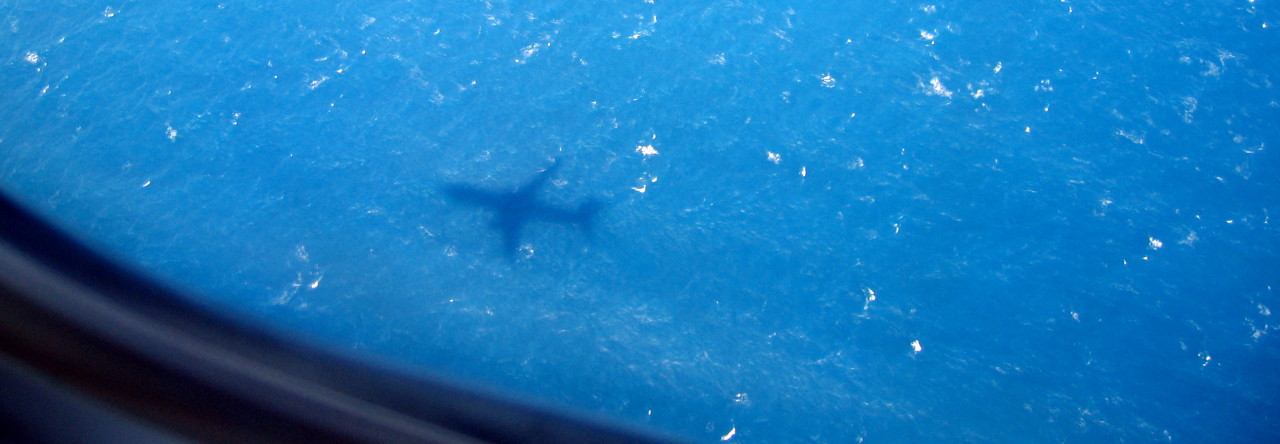
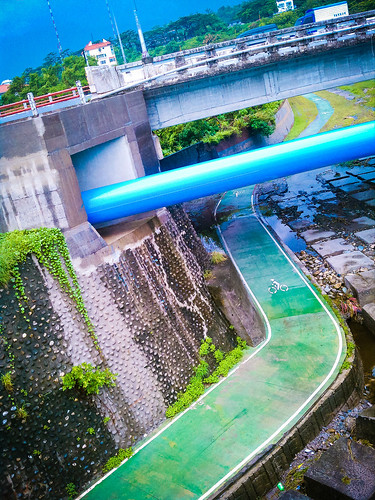
 I’m unclear as to whether the rollout was limited to particular routes (I suspect it was). Â They appear to be your standard quick on/off racks found in many countries.
I’m unclear as to whether the rollout was limited to particular routes (I suspect it was). Â They appear to be your standard quick on/off racks found in many countries.

